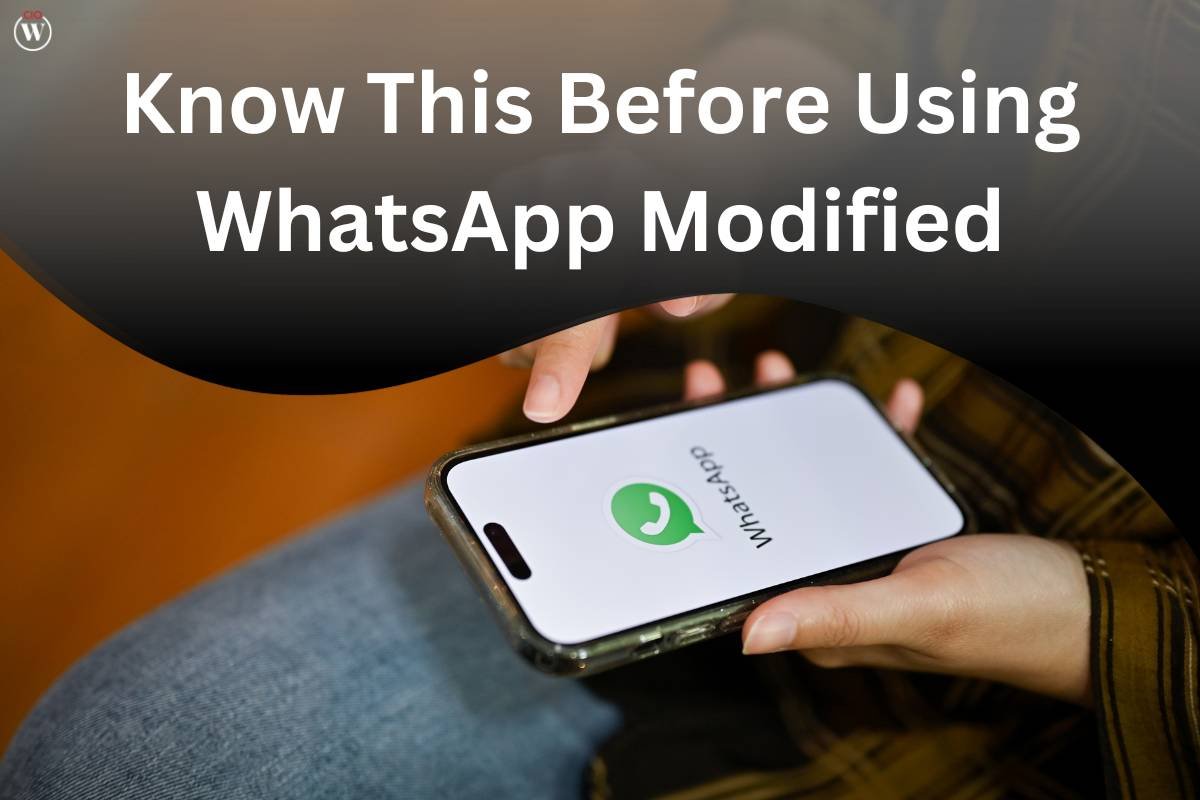In the world of business, marketing is the lifeline that connects a company with its customers. It’s the art of reaching out to potential clients and convincing them to choose your products or services over those of your competitors. For many small businesses, the idea of competing with the industry giants can be daunting. However, with the right approach, even companies on a shoestring budget can make a significant impact. This approach is aptly named “shoestring marketing.”
What is Shoestring Marketing?
Shoestring marketing is a term that describes a strategy employed by small businesses with limited budgets to promote their products and services effectively. It involves creativity, innovation, and a willingness to think outside the box. The idea is to do more with less, which can level the playing field when competing against bigger, more financially endowed corporations.
The Power of Shoestring Marketing
- Creativity over Budget:

When you’re working with a limited budget, your creativity becomes your most valuable asset. Instead of pouring money into expensive advertising campaigns, you can leverage innovative and cost-effective strategies. This forces you to think outside the box and often leads to unique and memorable marketing efforts.
- Personalized Approach:
Shoestring marketing allows for a more personalized approach to connecting with customers. Smaller companies can build a stronger rapport with their audience, responding to their specific needs and preferences. This personal touch can be a competitive advantage.
- Digital Opportunities:
The digital age has opened up a world of opportunities for shoestring marketing. Many online marketing techniques are low-cost or even free. Social media, content marketing, and email campaigns are just a few examples of cost-effective methods that can level the playing field.
- Lean and Agile:
Shoestring marketing encourages a lean and agile approach. Smaller companies can quickly adjust their strategies to changing market conditions. This flexibility can be a significant advantage when competing with larger, slower-moving competitors.
Now, let’s delve into how to play the marketing game with the big guys using shoestring marketing techniques.
Shoestring Marketing Strategies
1. Leverage the Power of Social Media
Social media platforms are a treasure trove for small businesses. They offer a cost-effective way to connect with your target audience. Regularly posting engaging content, responding to comments, and running targeted ad campaigns on platforms like Facebook, Instagram, and Twitter can help you reach a wider audience.
Be sure to use your chosen keywords, such as “shoestring marketing,” in your social media posts and profiles to improve your online visibility.
2. Create High-Quality Content
Content marketing is a powerful tool that doesn’t require a massive budget. By consistently producing high-quality blog posts, videos, infographics, and more, you can establish yourself as an expert in your industry. Use your chosen keywords strategically throughout your content to boost your SEO and make your website more discoverable.
3. Collaborate with Influencers

Influencer marketing is another cost-effective way to reach a broader audience. Look for micro-influencers who have a dedicated following in your niche. These individuals can help you promote your products or services authentically and at a lower cost than major celebrities or influencers.
4. Harness the Power of Email Marketing
Email marketing remains one of the most efficient ways to connect with your audience. Create a well-segmented email list, send out newsletters with valuable content, and keep your subscribers engaged. Ensure that your emails are optimized for search engines and include your keywords naturally.
5. DIY PR and Outreach
Don’t underestimate the impact of public relations and outreach efforts. Write press releases, pitch your story to local media outlets, and seek opportunities for guest posting or speaking engagements. This approach can generate valuable backlinks and mentions, improving your online presence.
6. Loyalty Programs and Referral Marketing
Encourage customer loyalty by implementing loyalty programs and referral marketing. Offer incentives for customers who refer friends or make repeat purchases. This can help you acquire new customers without breaking the bank.
7. Leverage User-Generated Content
User-generated content, such as reviews and testimonials, is a powerful marketing tool. Encourage satisfied customers to leave reviews on your website and third-party review platforms. These reviews can improve your credibility and rankings.
8. Optimize Your Website
A well-optimized website is crucial for your online presence. Make sure your website is user-friendly, loads quickly, and is mobile-responsive. Use your keywords naturally in your website’s content, headings, and Meta tags.
9. Network and Build Relationships

Building relationships in your industry is vital. Attend industry events, connect with professionals, and engage in networking. These relationships can lead to collaboration opportunities and referrals.
10. Monitor and Adjust Your Strategy
Regularly review the performance of your marketing efforts. Use tools like Google Analytics to track website traffic and conversions. Adjust your strategy based on the data to ensure that you’re getting the most out of your budget.
The Key to Shoestring Marketing Success: Consistency and Patience
While shoestring marketing can be highly effective, it’s important to remember that success doesn’t happen overnight. Building a strong online presence and reputation takes time and consistent effort. Patience is key, and it’s crucial to stay committed to your strategies even when the results are not immediately apparent.
Keep in mind that the big guys in the industry may have substantial budgets, but that doesn’t always equate to better marketing. Smaller businesses that employ creative and well-planned shoestring marketing strategies can effectively compete, sometimes even outperforming their larger counterparts in terms of engagement and personalization.
Conclusion:
In conclusion, shoestring marketing is a powerful approach that allows small businesses to compete with larger corporations in the marketing game. By leveraging the power of social media, creating high-quality content, collaborating with influencers, harnessing email marketing, conducting DIY PR and outreach, implementing loyalty programs and referral marketing, leveraging user-generated content, optimizing your website, networking, and consistently monitoring and adjusting your strategy, you can achieve remarkable results on a limited budget.
The key to success is consistency, creativity, and the willingness to adapt. So, don’t let a shoestring budget hold you back – dive into the world of shoestring marketing and play the marketing game with the big guys on your terms.
Related Topics:
1. 10 Small Business Marketing Tips
2. A Beginners Guide to Email Marketing for Small Businesses









